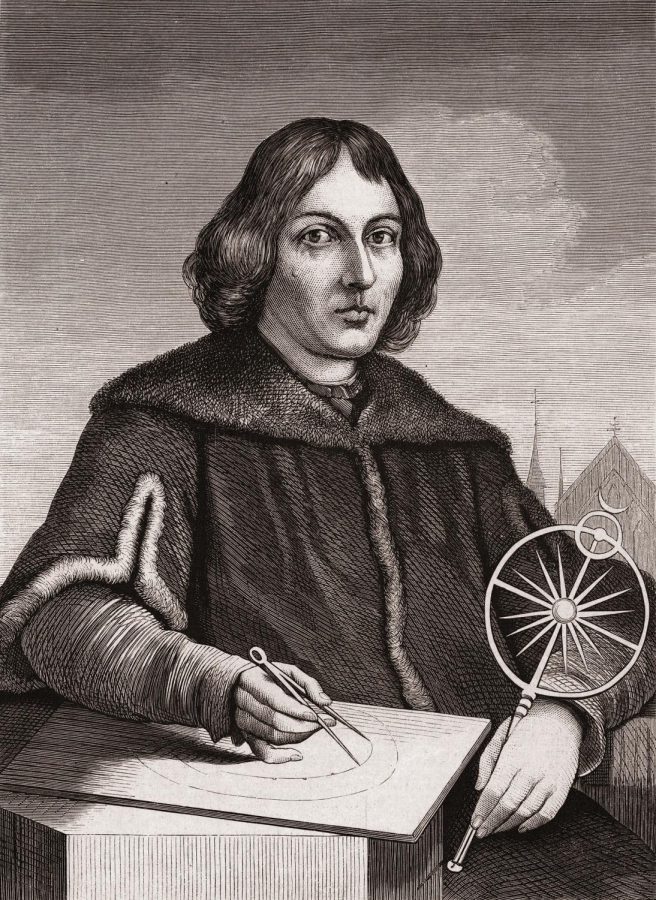Meet the Father of Astronomy
Over 500 years later, Copernicus’s ideas are still recognized as revolutionary.
We know the earth revolves around the sun because of Copernicus, “the Father of Astronomy.”
Nicolaus Copernicus was a mathematician and astronomer who believed that the sun was the planets’ fixed point. He was born on February 9, 1473, in Torun, Poland. Not much information is known about his early life, but StanfordEDU states that he was born into a family of merchants and was taken in by his uncle after his father died. According to History he studied Liberal Arts at University of Krakow, which is now Jagiellonian University, and was introduced to Astronomy before being sent to Italy to study Medicine and Law at University of Bologna.
History states that “Copernicus later studied at the University of Padua and in 1503 received a doctorate in canon law from the University of Ferrara. He returned to Poland, where he became a church administrator and doctor.” Although he studied at the University of Padua, he did not receive a degree from there, says StanfordEDU.
Around 1508 and 1514, Copernicus wrote an astronomical treatise called Commentariolus and, in 1543, his book Dē revolutionibus orbium coelestium‘ was published. This book helps explain his heliocentric system/theory. He’s well known for developing the heliocentric model which explains his theory that the planets orbit around the sun.
StarChild says that he was able to prove his theory through observations. “Copernicus’ observations of the heavens were made with the naked eye. He died more than fifty years before Galileo became the first person to study the skies with a telescope. From his observations, Copernicus concluded that every planet, including Earth, revolved around the Sun.”
Although his theory was proven to be true, there were some problems with it. Contrary to his model, Union University affirmed that, in actuality, Copernicus’ heliocentric theory had its problems. First, the planets do not move in exact circles around the Sun, they move in oval paths called ellipses. Major flaws in the work include his concept of the sun as the center of the whole universe, not just the solar system, and his failure to grasp the reality of elliptical orbits, which forced him to incorporate numerous epicycles into his system, as did Ptolemy.
With no concept of gravity, Earth and the planets still revolved around the sun on giant transparent spheres. Even if his theory wasn’t exactly perfect we can’t deny that it was definitely a discovery that’s got astronomers a long way.

I grew up in San Jose with my parents and little brother, I moved to Suisun the summer I finished elementary school.
Moving here was difficult for...



